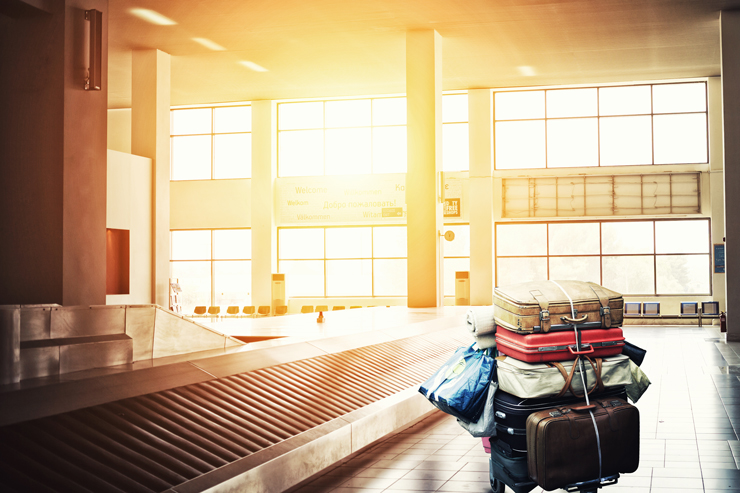
Airlines aiming for a great market response for increased baggage allowances have a clearly calculated strategy for handling the added weight. With jets soaring up high, the added weight is really going to increase payload for the flights, causing their impact to lead upon fuel costs. And that’s not just restricted upon fuel alone; baggage exceeding weight limits has a surcharge to cash in additional revenue.
With increased limits, the number of passengers with exceeding baggage will go even lower. The optimal way to utilize this strategy to gain a market is to use it on competitive routes where baggage limits are routinely exceeded as a norm. Over time, a trend will originate to play it safe by simply heading for the airline with the highest baggage limit.
Whether travelling for business or leisure purposes, travellers are moving out on a temporary basis before returning back to their home destination. However, when it comes to long-term or permanent shifting, immigrants need to move in much more than what can be termed as luggage. With entire households being moved out, it would be completely impractical to struggle along large packaging boxes from one terminal to another. As an alternative, these passengers get to book their own containers for their massive luggage, which follow up via either cargo flights or ships to reach the destination.
There has to be a rational ceiling to all the baggage extensions being allowed for the passengers. Ultimately, the burden of a greater load is to fall on the passenger as well. Shifting between all the terminals, catching from on flight to another and checking through the entire list will all be possible when the passenger in question limits himself to a certain quantity of ‘necessary’ baggage for air travel.
Shopping is a major concern for many how to step out to an international destination. Every destination has its own specialities to be taken along home, either as a souvenir or to serve the best function in its capacity. For peak seasons such as Christmas and New Year’s Eve, shopping becomes even more of a highlight for the duration.
Certain airports have set duty-free stores and multi shopping complexes within the airports alongside the lounges so that passengers can drop by for purchases while they wait for connecting flights. Other passengers specifically plan on buying high ended products, including furniture, electronics and clothing to be taken along home. The margins of shopping loads have a great impact on the total baggage capacity falling within limitations per passenger aboard a flight.
Regardless of the quantity, what one must do is to go through the airline luggage regulations before packing up. A number of banned substances are listed up in line with the security doctrine being practiced on all international airports worldwide. For even minute violations, passengers are taken up for questioning, and what results is undue hassle for even long hours with the airport security staff.
For the ease of staff to easily frisk through the contents of luggage as soon as possible, it’s good to implement layers of clothing one after the other. It even eases out repacking after frisking is through with all the contents of the baggage.
It’s up to the air carrier as well whether they can bulk up a higher baggage capacity than before. An airline with a cargo subsidiary operating on the same passenger routes will certainly have an upper hand, distributing excess loads to its cargo division. Hand-carried luggage is a branch which is entirely dependent on the airliner being used for the flights. Larger overhead bins, additional storage spacing and having a wide body or narrow body frame are some of the primary factors for in-flight luggage taken and handled by passengers personally.



Leave a Reply
You must be logged in to post a comment.